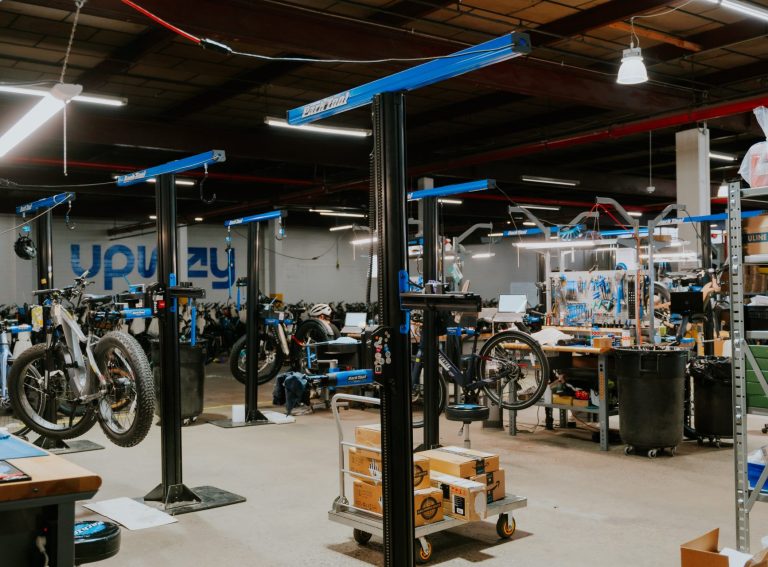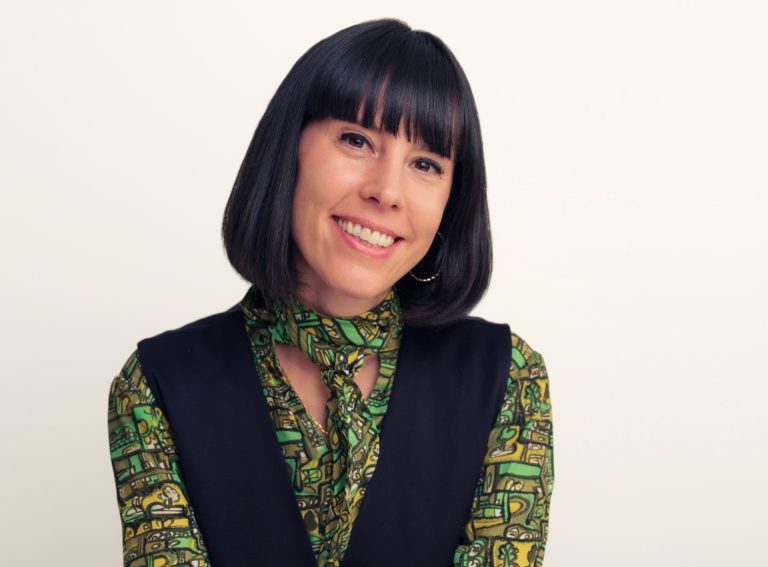One of Zag’s core objectives at the moment is to understand what it takes to run a super successful mobility business in today’s current climate.
Bike benefit business Vapaus is one such example that has seen extraordinary growth, the cause of which may actually lie in software.
“In 2024, success isn’t about creating glitzy and glamorous features,” Chief Product Officer Emilie Calmettes tells Zag Daily.
“It’s about organised, simple interfaces that enable back-end automation, delivering maximum efficiency.”
How the back-end works
On her arrival at Vapaus in January 2022, Calmettes was the first product specialist the firm had recruited – this was previously outsourced to consultants. Fast forward to today, and she manages a team of nine people working in roles spanning product design, software development and quality control.
Calmettes’ main focus has been on ensuring the firm’s technology can keep at pace with its rate of growth. At last count, Vapaus had purchased close to 30,000 bikes at a value of €60 million and built a client base of 1,700 businesses in Finland and Sweden.
“This year we knew that 2,000 bike contracts were expiring, but this process had previously been handled manually,” she explains.
“Before, managing contract expirations and extensions manually was not a problem because we were talking about 20 bikes a month. However, when that number grows to 200, the process needs to be automated or we face a huge backlog.”
When a company wants to use Vapaus to offer their employees bikes as a benefit, the first step involves signing a framework agreement. This is free to do and details the liability and parameters of each contract moving forward.
“Once this agreement is in place the employee can select a bike, which their employer then leases directly from Vapaus,” Calmettes says.
“Around 90% of our day-to-day work is dedicated to making this process easier. This includes validating their right to the benefit or ensuring that the bike they choose sits within the package offered by the employer.
“As of today, from the moment the order has been entered into the system by the partner bike shop, to the moment the employee chooses to purchase their bike at the end of the contract, we have nothing to do.”
Calmettes acknowledges that this back-end work is rarely noticed by the end rider, but that makes it no less essential.
“I explain to new hires that our role is about accuracy, automation and integrations,” she says.
“Our goal is to put more people on bikes and to do that we need to be able to operate cost and time efficiently. If the rider wants access to the bike but we are unable to extend their lease due to internal backlogs, this goes against our core mission.”
Enhancing user experience
With tens of thousands of riders now out on the road on bikes leased through Vapaus, Calmettes and the team have developed mobile-friendly web applications that registered employers, employees and partner shops can access.
“Around 70% of users access our platform via their mobile, but we decided not to develop it as a native app in order to retain a level of agility,” she explains.
“It is available in Finnish, Swedish and English, and the employer can determine what benefit plan staff can have. This defines how the bike benefit scheme is structured, what share of the costs are borne by both the employee and the employer.”
When an employee signs up to the scheme they are invited to input their salary data which enables Vapaus to generate a figure that shows how much is being saved by leasing a bike compared to buying it outright.
“Because the money for the bike lease is being taken directly from the employee’s salary in most cases, they pay less in taxes,” Calmettes says.
“This allows us to make the process cheaper for our users, even though they pay a premium as the bike is leased and Vapaus has paid for the bike upfront and taken on the risk.”
Vapaus is also able to offer savings through its range of refurbished PreCycled bikes, enabling it to keep bikes that are returned before a contract is due to end in circulation.
“If someone changes jobs after 12 months but still has a year on their bike leasing contract, they can return the bike to us for a nominal fee,” continues Calmettes.
“This means they don’t have to pay off the entire contract and we can refurbish the bike and make it available once again. Meanwhile, if they reach the end of the contract and want to keep the bike permanently, they can pay the remaining cost and buy it from us.”
Because most of this process is automated through the Vapaus platform, it has enabled the firm to deal with tremendous levels of volume. It still has an eight-strong customer service team in place to deal with requests and complaints, but overall Calmettes says they have faced far fewer issues than many rival services, in the context of scaling the business simultaneously in Finland and internationally.
What’s next?
While the team has made huge progress over the past three years, there are still aspects of the process that Calmettes and the team are keen to improve.
Work has already started on automating the employer onboarding process which involves creating the initial framework agreement and conducting credit checks.
“This process has been manual up until now but it is a fairly simple one.”
Another area for development is the user dashboard, which Calmettes hopes to simplify so that it displays an overview instead of each contract with all the details that the user, employer and Vapaus would need.
“This could include bite-size data for employers around how many staff are using the scheme, how far they have ridden, or what the most popular bike is,” she explains.
“As a team, we have such a great culture around problem solving and everyone believes that they can build a solution to any issue that we are facing.
“It’s actually very rewarding to do the boring things, because every time we automate something we change a colleagues’ life. That, for me, is what stands our company apart from the rest and why we expect to grow a whole lot more in 2025.”





